When we think about health and safety, many people immediately think of long risk assessments and taking the fun out of activities. In reality, making sure a few key things are in place helps keep everyone safe.
What are your responsibilities?
When you organise action within your community, you are responsible for the health and safety of everyone involved. Though this may sound daunting, once you have a few things in place it becomes much easier!
You are responsible for:
- risk assessments for activities, events or work you plan, organise and carry out;
- ensuring any equipment or tools used are right for the job and properly maintained;
- ensuring volunteers have adequate supervision;
- ensuring you have the right insurance;
- providing a first aider where there are known risks and providing them with adequate training.
Health & Safety Policies
Keep a record of any decisions you make and actions taken to keep people safe. This is your Health & Safety Policy, a useful document to refer back to and is also something some insurance providers may ask for.
Key information to record here includes:
- Information of the key person responsible for health and safety overall.
- Information of any others with responsiblities and what they are responsible for.
- Information of any trained first aiders you have arranged for your events or activities.
- Additional relevant documents, such as risk assessments or lone working policies, and a safeguarding policy if you are working with children or vulnerable people.
Emergency Procedures
An emergency procedure will help you be prepared in the event of any emergency – such as a fire, a flood, accidents, injuries, or severe illness – and can be especially important if you are running public events.
Key information to include in your emergency procedure:
- The site location: you could include a map, address and postcode, grid reference, or location using an app such as what3words. Any maps should clearly show access points and paths.
- Main contacts: event organisers and any key site contacts. These should be people who are available to contact throughout the whole event or activity.
- Emergency services: where the emergency services are, their contact details, and the location of the nearest hospital.
- First aiders: details of who is first aid trained and the location of all first aid kits
- An evacuation plan in case you need to clear the site, showing which access points will be used and alternatives in case they are blocked, and who will be responsible for clearing each area.
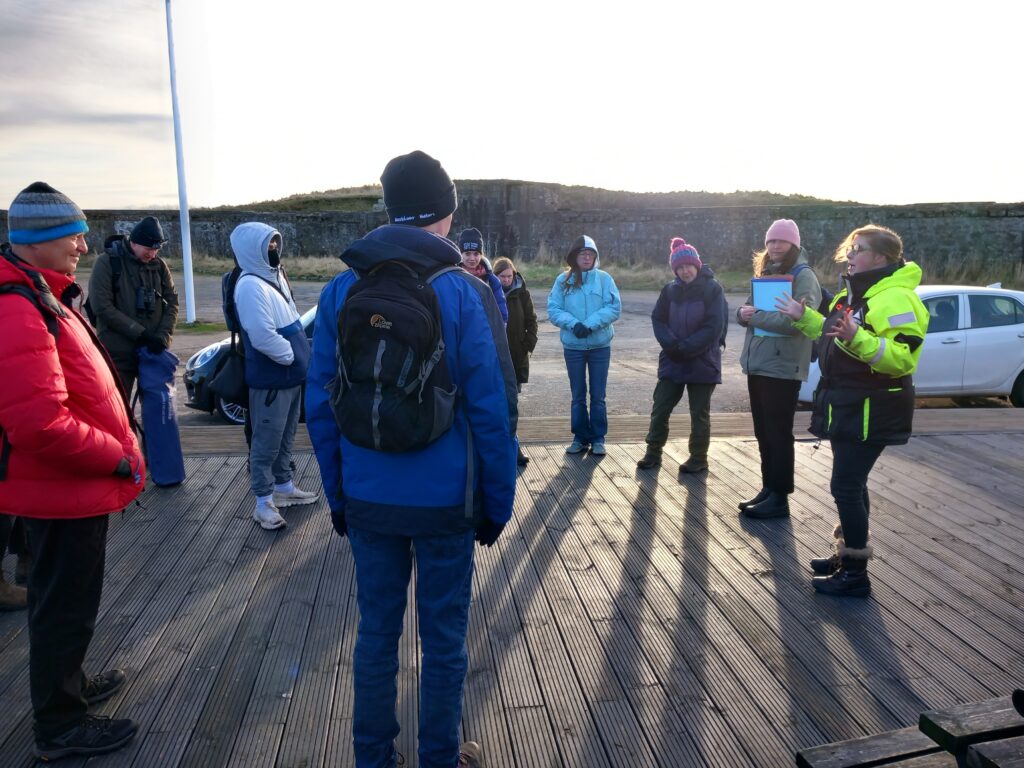
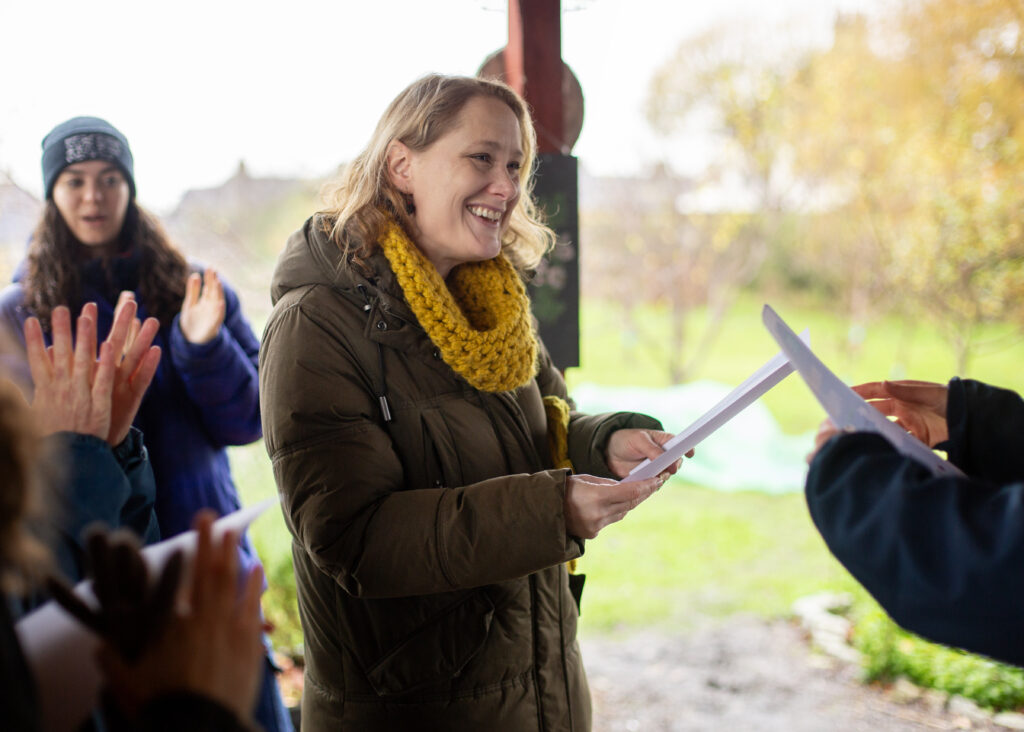
Lone Working & the Buddy System
If you or others you are responsible for are planning on working on your own at any point, you should put together a lone working policy.
Examples of lone working include working on a site on your own, doing outside community door-knocking on your own, and travelling on your own during time you are working on your project.
Your lone working policy should include a risk assessment and should outline:
- What lone working is.
- Your responsibilities in supporting anyone in your project who is lone working.
- What support you will put in place.
- If any training is needed for people in your project who are lone working.
- A list of contacts who are available outside of normal hours. These should be people who are available at any time that a lone worker can contact if they have a problem.
- What to do if a lone worker hasn’t been in contact. This should include a straightforward process of who to contact and at what point you will contact the emergency services.
A common way of supporting lone workers is to use a buddy system. This is where a lone worker chooses or is allocated someone who is not working at the same time as them to be their ‘buddy’. The lone worker can then update their buddy with their plans, most importantly what time they expect to be finished lone working.
Your lone working policy should outline what to do when you are using the buddy system. It should include a list of who needs to be contacted if a lone worker misses the agreed time.
Risk Assessments
A risk assessment is a way of identifying hazards, ie anything that might cause an injury or accident. Once any hazards are identified, a risk assessment helps us consider ways to make things safer and reduce the chance of someone getting hurt.
Risk assessments do three key things:
- Identify hazards
- Assess who is at risk and how they are at risk
- Introduce controls (sometimes called control measures) to reduce the risks
You may need to have a few different risk assessments to cover any activities that you plan as well as site-specific assessments.
Most risk assessments use a grading system to determine the level of each hazard before safety measures are considered and put in place, and a level after safety measures are in place. This should show how the risk of injury is reduced.
The most common way of grading hazards is to record whether the hazard is low, medium or high. Once your risk assessment is complete, you must be confident the measures you have taken have reduced the risks to low. The table below is an example of how you can decide which level a hazard might be.
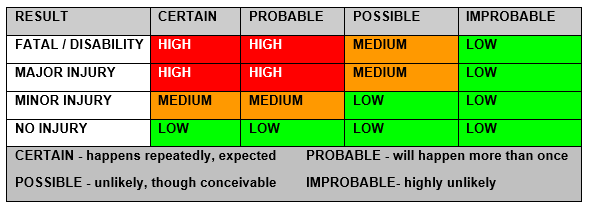
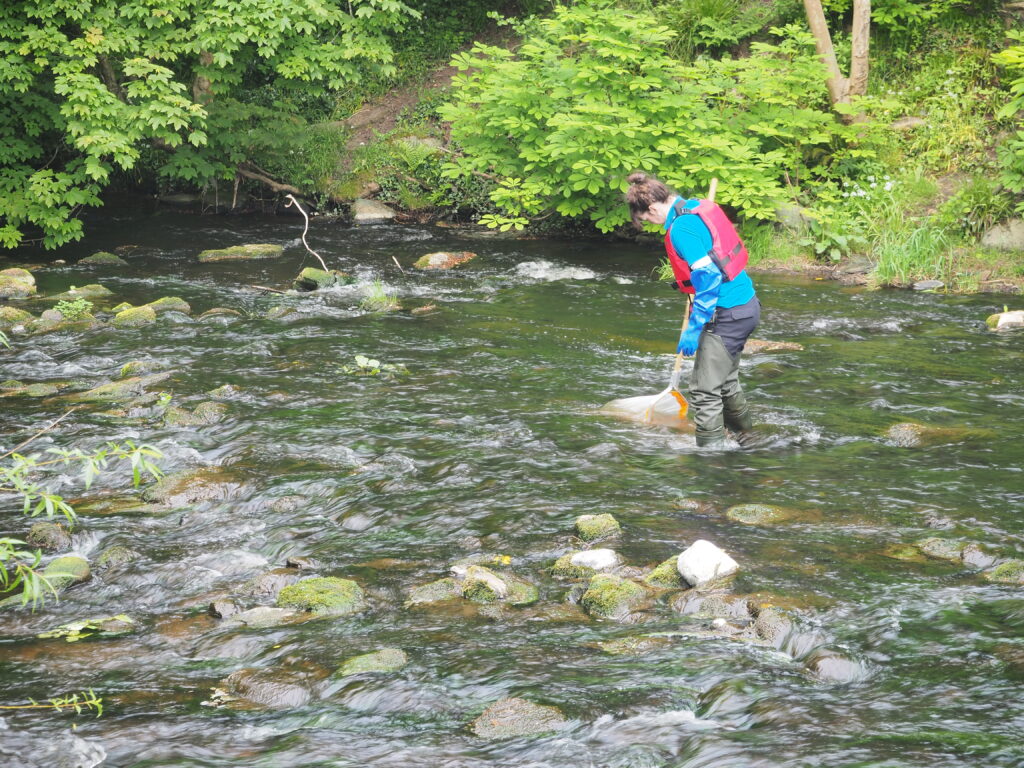
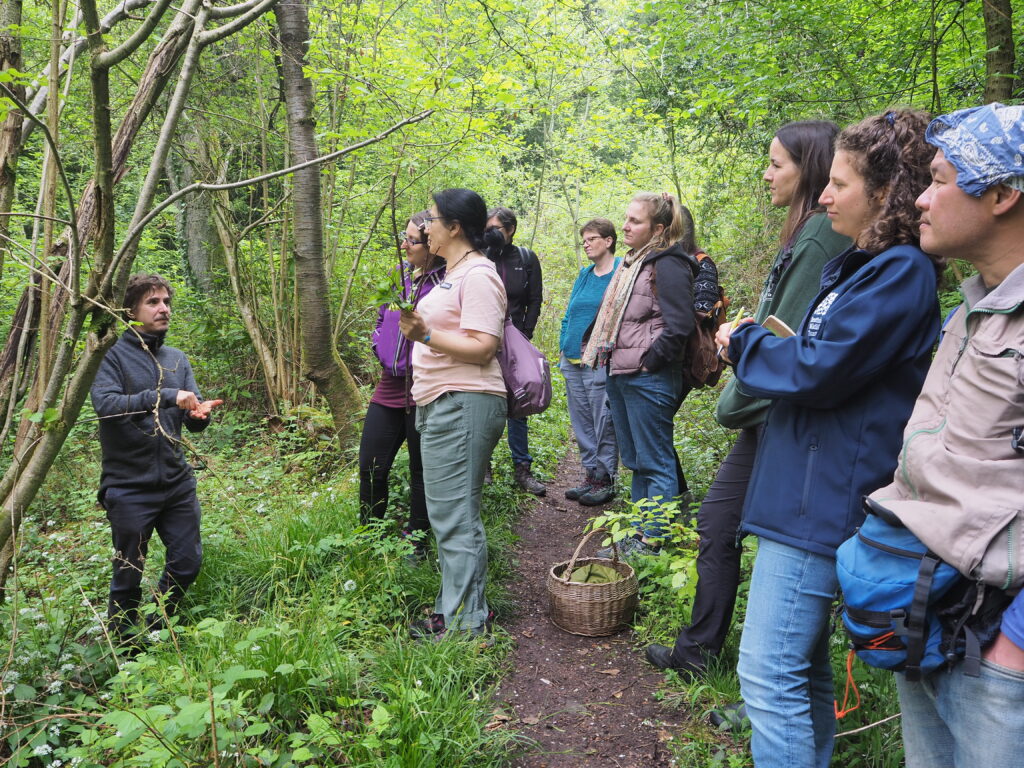
Useful links
- The main government agency that oversees health and safety is called the Health and Safety Executive (HSE). Their website has more information about managing risks and risk assessments, managing risks with volunteers, first aid, and lone working.
- The HSE also provide some basic health and safety policy templates that can be downloaded and filled out here.
- If you are planning on running any events with the public or any practical work then it’s a good idea to have someone first aid trained. The Red Cross run free educational training workshops teaching first-aid essentials, as well as accredited first-aid courses.
- The NSPCC provide a guide to safeguarding policies for children, walking you through what needs to be included and providing handy examples to work from. Ann Craft Trust have a guide for writing a safeguarding policy for adults here.
- You can view and download this free Risk Assessment Template from the Scottish Wildlife Trust to complete as part of your Health and Safety policy.
- If you’d like to learn more about Health and Safety considerations when organisation action for nature within your community, you can now join our free online Pioneers Programme course. Find about more about the programme and register here.
